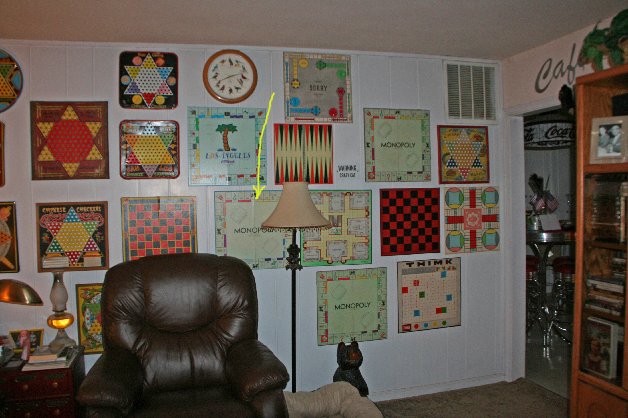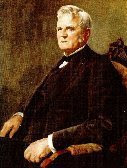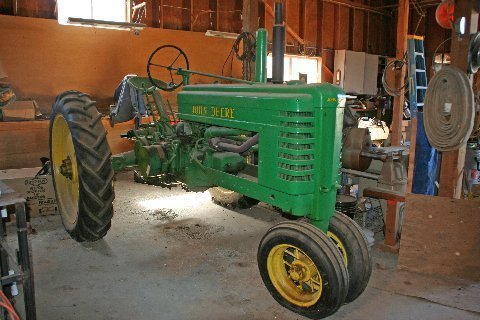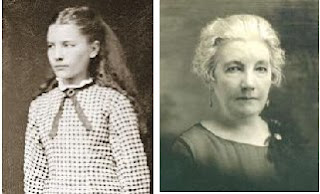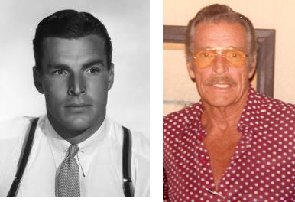A zipper, zip, fly, or zip fastener, formerly known as a clasp locker, is a commonly used device for binding together two edges of fabric or other flexible material. Used in clothing (e.g. jackets and jeans), luggage and other bags, camping gear (e.g. tents and sleeping bags), and many other items, zippers come in a wide range of sizes, shapes, and colors. In 1892, Whitcomb L. Judson, an American inventor from Chicago, patented the original design from which the modern device evolved.
The zipper gets its name from a brand of rubber boots (or galoshes) it was used on in 1923. The galoshes could be fastened with a single zip of the hand, and soon the hookless fasteners came to be called "Zippers".
Description
A zipper consists of a slider mounted on two rows of metal or plastic teeth that are designed to interlock and thereby join the material to which the rows are attached. The slider, usually operated by hand, contains a Y-shaped channel that, by moving along the rows of teeth, meshes or separates them, depending on the direction of the slider's movement. The teeth may be individually discrete or shaped from a continuous coil, and are also referred to as elements. The word zipper is onomatopoetic, because it was named for the sound the device makes when used, a high-pitched zip.
In many jackets and similar garments, the opening is closed completely when the slider is at the top end. Some jackets have double-separating zippers with two sliders on the tape. When the sliders are on opposite ends of the tape, the jacket is closed. If the lower slider is raised then the bottom part of the jacket may be opened to allow more comfortable sitting or bicycling. When both sliders are lowered then the zipper may be totally separated.
Bags, suitcases and other pieces of luggage also often feature two sliders on the tape: the part of the zipper between them is unfastened. When the two sliders are located next to each other, which can be at any point along the tape, the zipper is fully closed.
Zippers may:
- increase or decrease the size of an opening to allow or restrict the passage of objects, as in the fly of trousers or in a pocket;
- join or separate two ends or sides of a single garment, as in the front of a jacket, or on the front, back or side of a dress or skirt to facilitate dressing;
- attach or detach a separable part of the garment to or from another, as in the conversion between trousers and shorts or the connection or disconnection of a hood and a coat;
- attach or detach a small pouch or bag to or from a larger one. One example of this is military rucksacks, which have smaller pouches or bags attached to the sides using one or two zippers;
- be used to decorate an item.
These variations are achieved by sewing one end of the zipper together, sewing both ends together, or allowing both ends of the zipper to fall completely apart.
A zipper costs relatively little, but if it fails, the garment may be unusable until the zipper is repaired or replaced—which can be quite difficult and expensive. Problems often lie with the zipper slider; when it becomes worn it does not properly align and join the alternating teeth. With separating zippers, the insertion pin may tear loose from the tape; the tape may even disintegrate from use. If a zipper fails, it can either jam (i.e. get stuck) or partially break off.
History
In 1851, Elias Howe received a patent for an "Improvement in Fastenings for Garments". He did not try seriously to market it, thus missing the recognition that he might otherwise have received. Howe's device was more like an elaborate drawstring than a true slide fastener.
Forty-two years later, in 1893, Whitcomb L. Judson, who invented a pneumatic street railway, patented a "Shoe-Fastening". The device served as a (more complicated) hook-and-eye shoe fastener. With the support of businessman Colonel Lewis Walker, Judson launched the Universal Fastener Company to manufacture the new device. Judson's "clasp locker" had its public debut at the 1893 Chicago World's Fair and met with little commercial success.[2] Judson is sometimes given credit as the inventor of the zipper, but his device was not used in clothing.
The Universal Fastener Company moved to Hoboken, New Jersey, in 1901, reorganized as the Fastener Manufacturing and Machine Company. Gideon Sundbäck, a Swedish-American electrical engineer, was hired to work for the company in 1906. Good technical skills and marriage to the plant manager's daughter, Elvira Aronson, led Sundbäck to the position of head designer. The company moved to Meadville, Pennsylvania, where it operated for most of the 20th century under the name Talon, Inc. Sundbäck worked on improving the fastener, and, in 1909, he registered a patent in Germany. The US rights to this invention were on the name of the Meadville company (operating as the Hookless Fastener Co.), but Sundbäck retained non-U.S. rights and used these in subsequent years to set up Lightning Fastener Co. in St. Catharines, Ontario, Canada. Sundbäck's work with this firm has led to the common misperception that he was Canadian and that the zipper originated in that country.
If you want to read more, go here: https://en.wikipedia.org/wiki/Zipper
- SERVES
- 8
- SERVING SIZE
- 1-1/2 cups
- COOK TIME
- 1 Hr 20 Min
You'll be blown away by the smoky, cheesy flavors in this Four Cheese Smoked Mac 'n' Cheese. If you've never made macaroni and cheese in a smoker, you're in for a real treat! The smoker adds a hearty, summer flavor to this mac and cheese recipe to make it a whole new flavor experience.
If you don't have a smoker, that's okay too! We found a way to get the same great flavor, right in your own oven! Simply watch our video to see our secret. Make sure you scroll down for the ingredients and materials needed, along with our step-by-step written instructions and images to help you master this creamy smoked mac and cheese recipe.
Serve up this creamy smoked mac and cheese for dinner tonight, or bring a piping hot pan along to your next backyard barbecue or potluck -- it'll be the star of the show!
- 1 (16-ounce) package elbow macaroni
- 1/2 stick (1/4 cup) butter
- 1/4 cup all-purpose flour
- 3 cups milk
- 1 (8-ounce) package cream cheese, cut into chunks
- 1 teaspoon salt
- 1/2 teaspoon black pepper
- 1 (8-ounce) block extra sharp cheddar cheese, shredded, divided
- 1 (8-ounce) block smoked Gouda cheese, shredded, divided
- 1 (4-ounce) wedge Parmesan cheese, shredded





